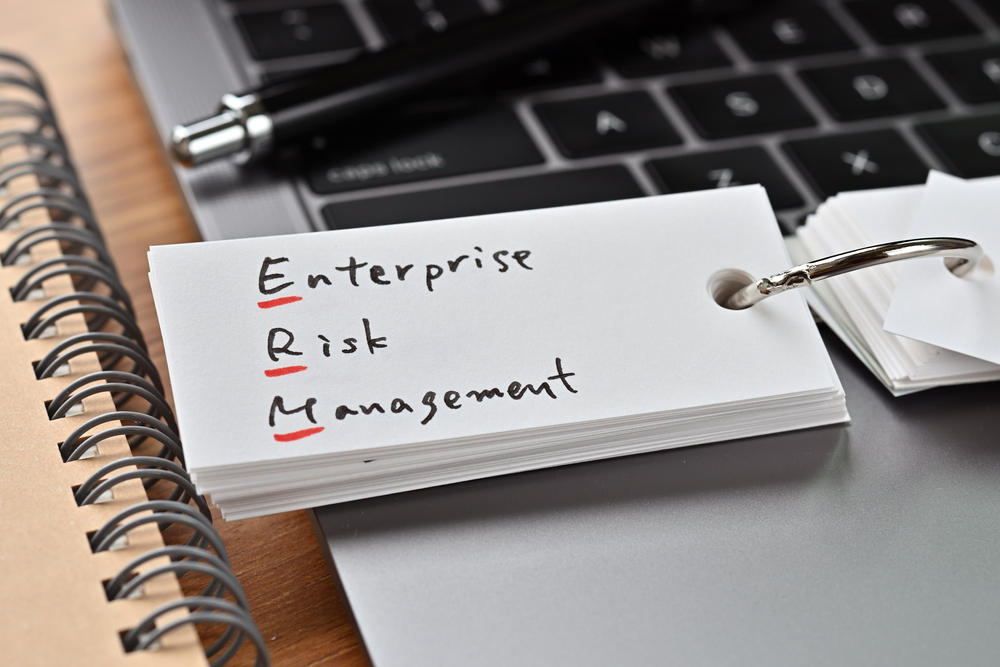The primary objective of all business leaders is to grow stakeholder value. That means the organisation must not only make money but do so in a sustainable way. Sustainable growth means the business is run in a way that facilitates success today and in the future. Let us take the example of human capital. You hire qualified and experienced people today who bring value to the organisation instantly. Such a great hire will deliver success in the short term. However, if the organisation does not have an adequate human capital development strategy to help staff continuously learn and upgrade skills to match or even exceed the changing dynamics of the new ear, the company will fail to be competitive soon.
Such an approach is not sustainable!
When you use resources in a way that their value to the business increases over time, the organisation wins. For that reason, the winning company invest more in resources that have the potential for value appreciation over time like people with growth mind focus, everything else falls in place. Many times, when a business invests in assets like cars, buildings etc… it does so to provide a great working environment to make the people happy and more focused to win, as well as for corporate image, and rarely for the sake of holding the asset as an investment one since such investments lack a critical component of future value creation at scale – convenient high volume income streams with decent margins.
Great leaders start by asking: where is the growth going to come from? How do you monetize services and create sustainable stakeholder value? That way, leaders make winning choices for sustainable value creation with a positive community impact.
While pursuing opportunities in the market, many events could happen which could make the organization lose value. These events may include staff fraud, theft, fire outbreak, or a global pandemic like the one currently besieging the world etc or the government might close the company over regulatory issues. All these erode the value that the business could have created over the years.
To proactively manage such events, calls for good governance. And this is where leadership oversight which includes risk management and compliance comes in. Leaders must keep scanning the environment to understand what could happen that fails the company from creating and sustaining value. You identify such events and proactively mitigate them. The process of identifying opportunities, creating a strategy to tap into them, and then identifying what could go wrong to fail the achievement of the opportunities is the linkage between risk management and strategy. On one hand, leaders want to win. On the other hand, there are many obstacles along the way. Leaders must then plan the route to overcome any anticipated challenges and arrive in time. The two go hand in hand.
The ISO 31000: 2018 defines risk as to the effect of uncertainty on objectives. You cannot say you are a good leader unless you have created strong building blocks of risk management and compliance. Risk Management helps you prevent the events that could go wrong and proactively manage them so that your growth plans become a reality.
Copyright Mustapha B Mugisa, Mr Strategy 2021. All rights reserved









